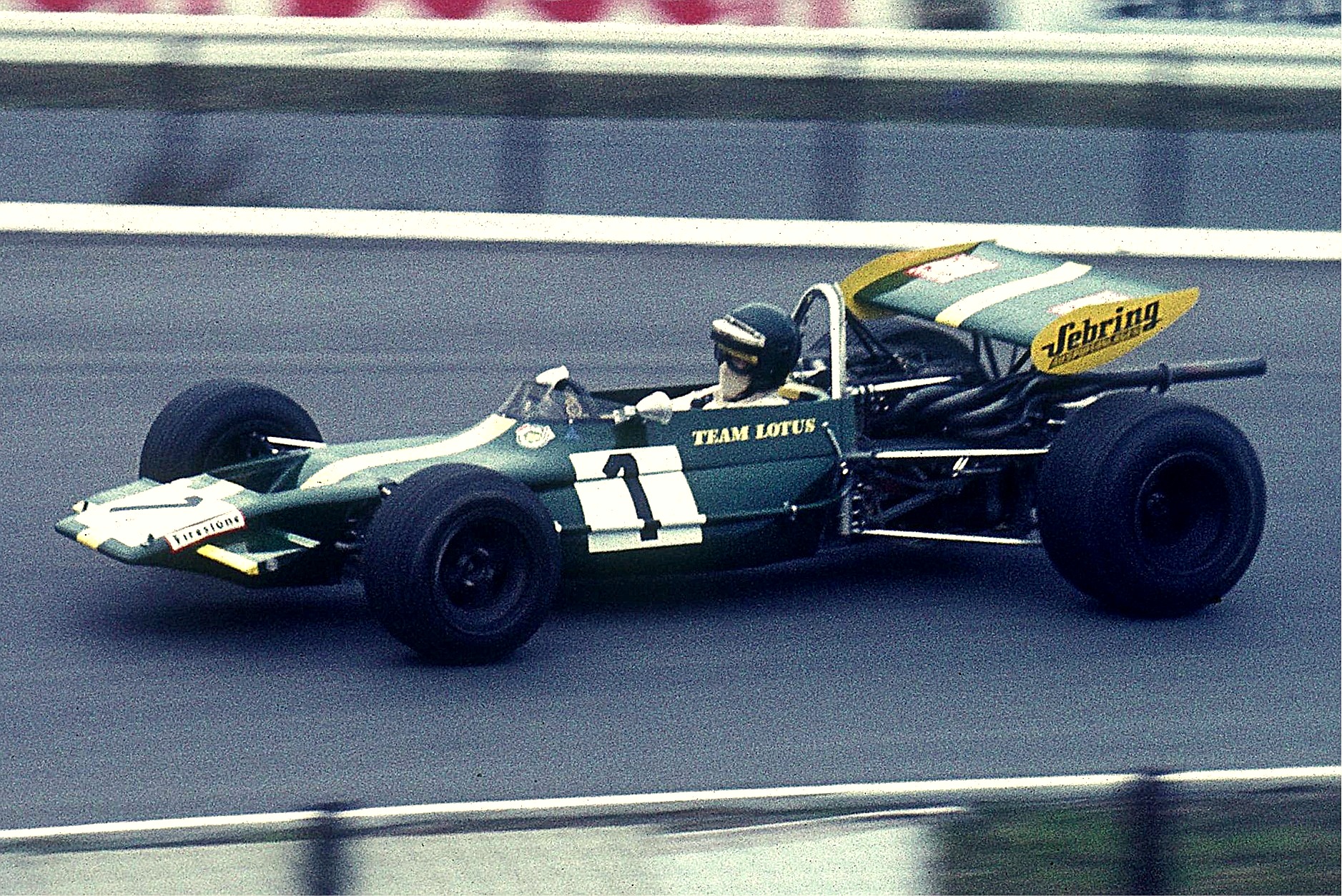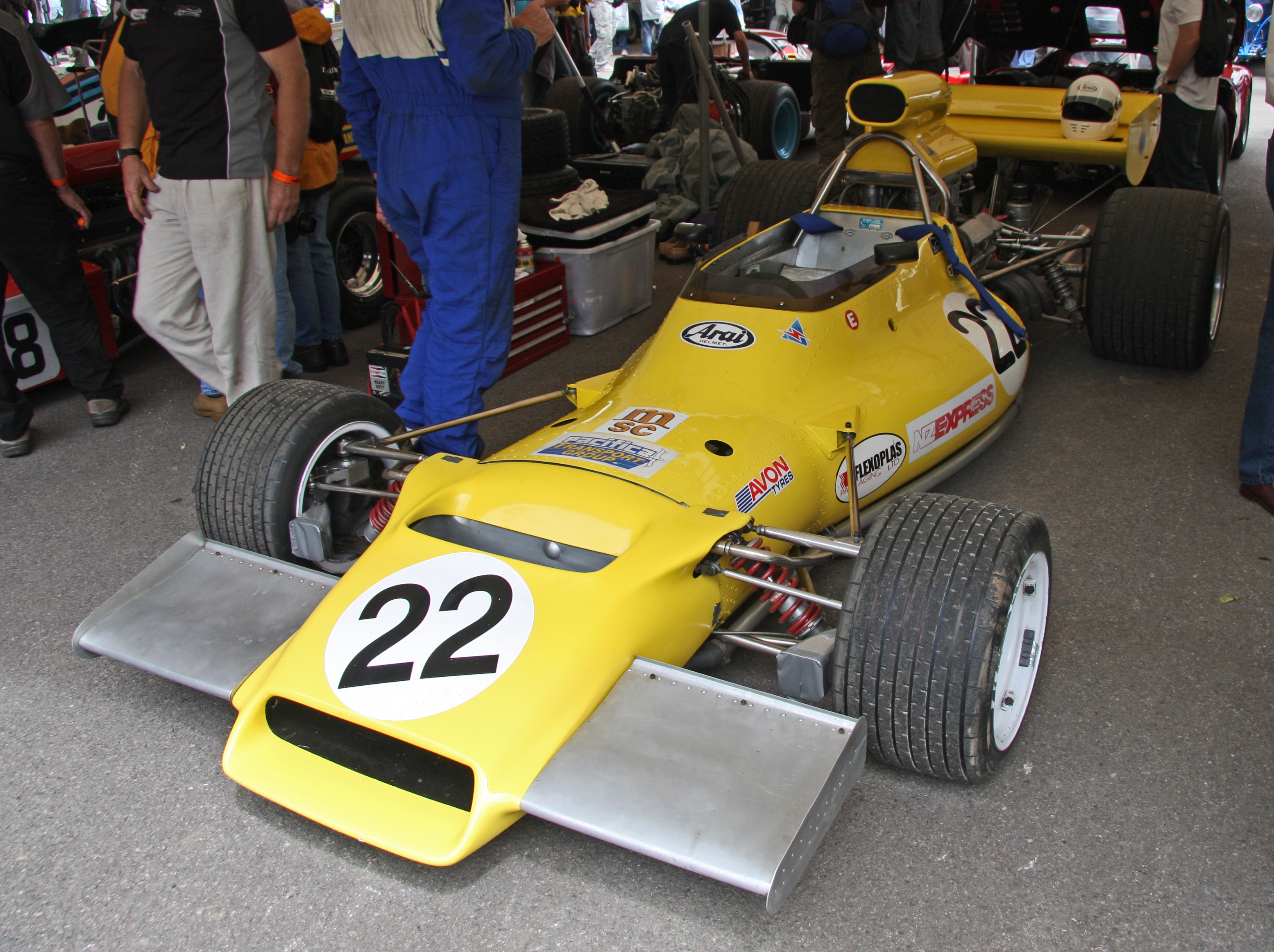|
March 72A
The March 72A, also designated as the March 722A, and also known as the March 725, was an open-wheel formula racing car, designed, developed, and built by British manufacturer and constructor, March Engineering, for Formula 5000 racing, in 1972. It competed in both the European and SCCA U.S. F5000 championships, being driven by Canadian John Cannon. It was itself based on a March 722 Formula Two chassis, and was powered by a powerful Oldsmobile V8 engine The Oldsmobile V8, also referred to as the Rocket, is series of engines that was produced by Oldsmobile from 1949 until 1990. The Rocket, along with the 1949 Cadillac V8, were the first post-war OHV crossflow cylinder head V8 engines produced by .... References {{March Engineering March vehicles Formula 5000 cars ... [...More Info...] [...Related Items...] OR: [Wikipedia] [Google] [Baidu] |
Formula 5000
Formula 5000 (or F5000) was an open wheel, single seater auto-racing formula that ran in different series in various regions around the world from 1968 to 1982. It was originally intended as a low-cost series aimed at open-wheel racing cars that no longer fit into any particular formula. The '5000' denomination comes from the maximum 5.0 litre engine capacity allowed in the cars, although many cars ran with smaller engines. Manufacturers included McLaren, Eagle, March, Lola, Lotus, Elfin, Matich and Chevron. In its declining years in North America Formula 5000 was modified into a closed wheel, but still single-seat sports car racing category. F5000 around the world North America Formula 5000 was introduced in 1968 as a class within SCCA Formula A races, a series where single seaters from different origins were allowed to compete, but which rapidly came to be dominated by the cars equipped with production-based American V8s. The engines used were generally 5 litre, fuel i ... [...More Info...] [...Related Items...] OR: [Wikipedia] [Google] [Baidu] |
Manual Transmission
A manual transmission (MT), also known as manual gearbox, standard transmission (in Canada, the United Kingdom, and the United States), or stick shift (in the United States), is a multi-speed motor vehicle transmission (mechanics), transmission system, where gear changes require the driver to manually select the gears by operating a gear stick and clutch (which is usually a foot pedal for cars or a hand lever for motorcycles). Early automobiles used ''sliding-mesh'' manual transmissions with up to three forward gear ratios. Since the 1950s, ''constant-mesh'' manual transmissions have become increasingly commonplace and the number of forward ratios has increased to 5-speed and 6-speed manual transmissions for current vehicles. The alternative to a manual transmission is an automatic transmission; common types of automatic transmissions are the Automatic transmission#Hydraulic automatic transmissions, hydraulic automatic transmission (AT), and the continuously variable transmissio ... [...More Info...] [...Related Items...] OR: [Wikipedia] [Google] [Baidu] |
Oldsmobile V8 Engine
The Oldsmobile V8, also referred to as the Rocket, is series of engines that was produced by Oldsmobile from 1949 until 1990. The Rocket, along with the 1949 Cadillac V8, were the first post-war OHV crossflow cylinder head V8 engines produced by General Motors. Like all other GM divisions, Olds continued building its own V8 engine family for decades, adopting the corporate Chevrolet 350 small-block and Cadillac Northstar engine only in the 1990s. All Oldsmobile V8s were manufactured at plants in Lansing, Michigan while the engine block and cylinder heads were cast at Saginaw Metal Casting Operations. All Oldsmobile V8s use a 90° bank angle, and most share a common stroke dimension: for early Rockets, for later Generation 1 engines, and for Generation 2 starting in 1964. The , , , and engines are commonly called small-blocks.''Hot Rod'', 3/86, p.54. , , and V8s have a higher deck height ( ''versus'' ) to accommodate a stroke crank to increase displacement. These taller-de ... [...More Info...] [...Related Items...] OR: [Wikipedia] [Google] [Baidu] |
Formula Two
Formula Two (F2 or Formula 2) is a type of open-wheel formula racing category first codified in 1948. It was replaced in 1985 by Formula 3000, but revived by the FIA from 2009–2012 in the form of the FIA Formula Two Championship. The name returned in 2017 when the former GP2 Series became known as the FIA Formula 2 Championship. History While Formula One has generally been regarded as the pinnacle of open-wheeled auto racing, the high-performance nature of the cars and the expense involved in the series has always meant a need for a path to reach this peak. For much of the history of Formula One, Formula Two has represented the penultimate step on the motorsport ladder. Pre-war Prior to the Second World War, there usually existed a division of racing for cars smaller and less powerful than Grand Prix racers. This category was usually called voiturette ("small car") racing and provided a means for amateur or less experienced drivers and smaller marques to prove themselves. ... [...More Info...] [...Related Items...] OR: [Wikipedia] [Google] [Baidu] |
March 722
The March 722 was a British open-wheel formula race car chassis, designed, developed and built by March Engineering, for both Formula 2 and Formula B Formula Atlantic is a specification of open-wheel racing car developed in the 1970s. It was used in professional racing through the IMSA Atlantic Championship until 2009 and is currently primarily used in amateur racing through Sports Car Club o ... racing categories, in 1972. References {{March Engineering Formula Two cars March vehicles ... [...More Info...] [...Related Items...] OR: [Wikipedia] [Google] [Baidu] |
1972 SCCA L&M Continental 5000 Championship
The 1972 SCCA L&M Continental 5000 Championship was the Sports Car Club of America's sixth annual professional open-wheel auto racing series. It was open to Formula 5000 cars, these being Formula SCCA Class A open-wheel, single-seat cars with 5000cc restricted design engines or 3000cc unrestricted design engines. Retrieved on 20 April 2014 The championship was won by driver |
1972 Rothmans F5000 European Championship
The 1972 Rothmans F5000 European Championship was a motor racing series for Formula 5000 cars.Wolfgang Kopfler, Formula 5000 in Europe - Race by Race, 2004, pages 90 to 91 The series was organized in the United Kingdom by the British Racing and Sports Car Club but also included rounds in Belgium and Ireland.''European Formula 5000 races 1969-1977'', www.oldracingcars.com Retrieved on 23 December 2014 It was the fourth ,Wolfgang Kopfler, Formula 5000 in Europe - Race by Race, 2004, Table of Contents and the second to be contested under the Rothmans F5000 Eu ... [...More Info...] [...Related Items...] OR: [Wikipedia] [Google] [Baidu] |
Formula Racing
Formula racing (known as open-wheel racing in North America) is any of several forms of open-wheeled single-seater motorsport. The origin of the term lies in the nomenclature that was adopted by the FIA for all of its post-World War II single-seater regulations, or formulae. The best known of these formulae are Formula One, Formula E, Formula Two, Formula Three, regional Formula Three and Formula Four. Common usage of "formula racing" encompasses other single-seater series, including the GP2 Series, which replaced Formula 3000 (which had itself been the effective replacement for Formula Two). Categories such as Formula Three and FIA Formula 2 Championship are described as feeder formulae, which refers to their position below Formula One on the career ladder of single-seater motor racing. There are two primary forms of racing formula: the open formula that allows a choice of chassis or engines and the control or "spec" formula that relies on a single supplier for chassis and e ... [...More Info...] [...Related Items...] OR: [Wikipedia] [Google] [Baidu] |
Open-wheel Car
An open-wheel single-seater (often known as formula car) is a car with the wheels outside the car's main body, and usually having only one seat. Open-wheel cars contrast with street cars, sports cars, stock cars, and touring cars, which have their wheels below the body or inside fenders. Open-wheel cars are built both for road racing and oval track racing. Street-legal open-wheel cars, such as the Ariel Atom, are scarce as they are often impractical for everyday use. History American racecar driver and constructor Ray Harroun was an early pioneer of the concept of a lightweight single-seater, open-wheel "monoposto" racecar. After working as a mechanic in the automotive industry, Harroun began competitive professional racing in 1906, winning the AAA National Championship in 1910. He was then hired by the Marmon Motor Car Company as chief engineer, charged with building a racecar intended to race at the first Indianapolis 500, which he went on to win. He developed a revolutionary ... [...More Info...] [...Related Items...] OR: [Wikipedia] [Google] [Baidu] |
March 73A
The March 73A was an open-wheel formula racing car, designed, developed, and built by British manufacturer and constructor, March Engineering, for Formula 5000 racing, between 1973 and 1974. It competed in both the European and SCCA U.S. F5000 championships. It also competed in one non-championship Formula One World Championship Grand Prix; the 1973 Race of Champions. It was later converted into a closed-wheel Can-Am-style prototype A prototype is an early sample, model, or release of a product built to test a concept or process. It is a term used in a variety of contexts, including semantics, design, electronics, and Software prototyping, software programming. A prototyp ... chassis, where it competed in the 1984 championship. References {{March Engineering March vehicles Formula 5000 cars Sports prototypes ... [...More Info...] [...Related Items...] OR: [Wikipedia] [Google] [Baidu] |
Hewland
Hewland is a British engineering company, founded in 1957 by Mike Hewland, which specialises in racing-car gearboxes. Hewland currently employ 130 people at their Maidenhead facility and have diversified into a variety of markets being particularly successful in electric vehicle transmission supply. Hewland are currently supplying into Formula 1, Formula E, DTM, LMP, RallyCross, Prototype and GT Sportscar. History Mike Hewland ran a small engineering business at Maidenhead in the UK with the speciality in gear cutting. In 1959, Bob Gibson-Jarvie, the Chief Mechanic of UDT Laystall racing team running Cooper F2 cars, sought help from Hewland as gearbox troubles were experienced. The result of this request came out as six successful gearboxes being designed and built in 1959, and Hewland was in the gearbox business. The first transaxle product, the Hewland Mk.I of 1960, was a minor modification of the Volkswagen Beetle 4 speed transaxle used upside-down with custom made differ ... [...More Info...] [...Related Items...] OR: [Wikipedia] [Google] [Baidu] |
March Engineering
March Engineering was a Formula One constructor and manufacturer of customer racing cars from the United Kingdom. Although only moderately successful in Grand Prix competition, March racing cars enjoyed much better success in other categories of competition, including Formula Two, Formula Three, IndyCar and IMSA GTP sportscar racing. 1970s March Engineering began operations in 1969. Its four founders were Max Mosley, Alan Rees, Graham Coaker and Robin Herd. The company name is an acronym of their initials. They each had a specific area of expertise: Mosley looked after the commercial side, Rees managed the racing team, Coaker oversaw production at the factory in Bicester, Oxfordshire, and Herd was the designer. The history of March is dominated by the conflict between the need for constant development and testing to remain at the peak of competitiveness in F1 and the need to build simple, reliable cars for customers in order to make a profit. Herd's original F1 plan was t ... [...More Info...] [...Related Items...] OR: [Wikipedia] [Google] [Baidu] |

_on_display.jpg)


.jpg)


